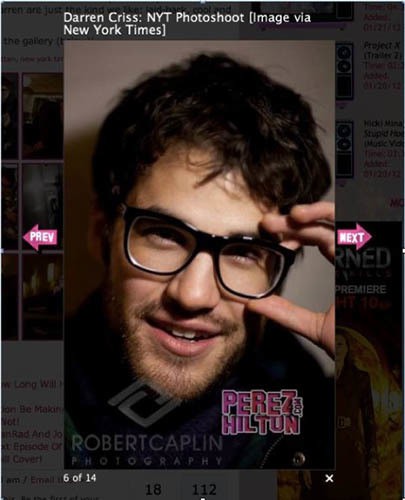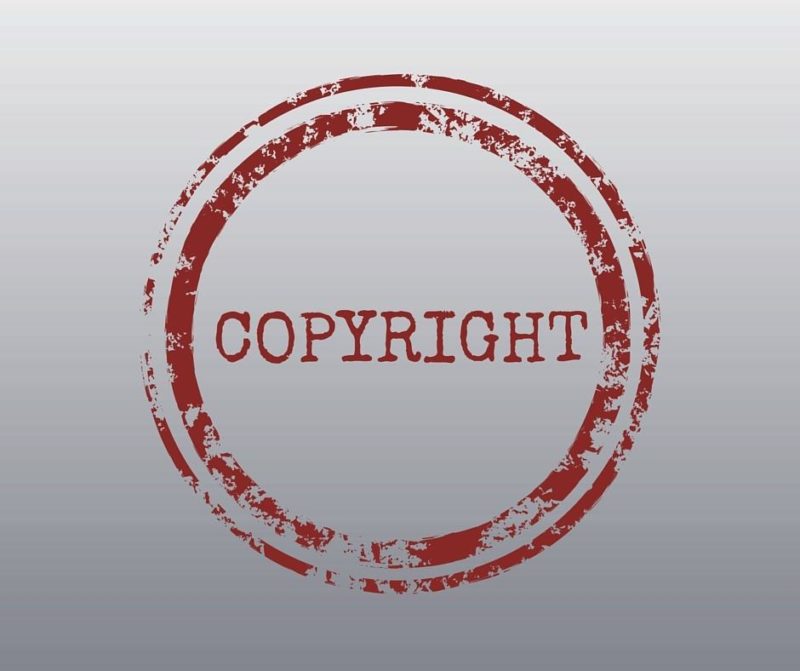Organizations are racing to keep up with the increasing demand for visual content. Your brand’s fans constantly want to see new photos and videos, and it can be a challenge to source and share enough content.
In the midst of this hustle, your organization must be proactive about managing image copyright information. Too often, organizations are sued for huge dollar amounts because of image rights violations. Carolyn E. Wright, an attorney who works with photographers and writes the blog, Photo Attorney, explains that there are no excuses for copyright infringement.
Under the law, your brand is liable for breaking image rights agreements, even if you claim it was a mistake.
To gain an understanding of the risks, let’s look at some examples, below:
5 Image Copyright Battles Between Creators and Brands
Shereen Way & Crocs
User-generated content can seem like the easiest content to produce for brands, but it’s a risky business. If you want to use or share images created by your brand’s fans, you have to go about it legally. Even though user-generated content is great for your Google Business profile, you still have to keep in mind the manual review process and necessary legal image rights process if you are going to use the content to promote your business.
The New York Times outlines the story of Shereen Way, a mom who posted a photo of her 4-year-old daughter wearing pink Crocs on Instagram and later spotted the photo on the brand’s website.
Now, Crocs typically posts comments on fan photos asking for permission to use their content, but in this case, they didn’t. Shereen Way wasn’t officially asked by the brand, nor did she voluntarily tag her photo with the #crocsok hashtag to give them permission to use it.
So, the question now becomes—even if Ms. Way had given Crocs permission using a hashtag, does a hashtag really count as a legal agreement?
To avoid any issues, brands should just avoid this dangerously unregulated path. Instead, the best practice is to contact content creators directly to acquire permission to use their artwork legally.
Brandon Stanton & DKNY
Brandon Stanton’s project, Humans of New York, is a wildly popular photo series that shares powerful images and stories of real people. Since its inception, HONY has inspired spin-off projects focused on people and their cats, the project has partnered with global organizations to simultaneously fundraise for victims of global crises by sharing their stories, and Brandon has even published several books.
As the series became highly recognizable, it attracted the attention of clothing retailer DKNY. On his Facebook page, Stanton shared the story of how the brand offered him $15,000 to use 300 of his photos in store windows. When he asked for more money, the DKNY refused to give it to him.
Then, the worst thing imaginable for an artist happened: A fan sent him the photo below—a photo of his work in a DKNY store window.
DKNY’s mistake could have been avoided if the organization had restricted downloads on internal mockups for their campaign, and only allowed stakeholders to access the finished product.
Costly mistakes like this can happen all too easily if brands don’t have a system for managing usage rights.
Moral of this story? The use of unfinished or unapproved visual assets can be catastrophic for your brand’s reputation.
P.S. Apologize sincerely if you didn’t know what you were doing, but don’t cry crocodile tears with an insincere pr statement. Your followers will see right through it!
Katherine Heigl & Duane Reade
In The Busy Marketer’s Guide to Image Rights Management SlideShare presentation created by Percolate and FlashStock, they share a case study on actress Katherine Heigl’s lawsuit against Duane Reade. The New York pharmacy tweeted a photo of Heigl leaving one of its stores and implied an endorsement, without her permission.
This case study highlights the connection between influencer marketing and traditional advertising:
In other words, Duane Reade’s social posts are akin to the brand buying a billboard with Heigl’s photo and pretending she endorsed the drugstore.
Social media muddies the lines for brands because it’s so easy to access and share photos, but organizations must beware of these reputation pitfalls by keeping traditional best practices alive, even as the digital landscape evolves rapidly around us.
Robert Caplin & Perez Hilton
In The Economics of Copyright Infringement in Robert Caplin vs Perez Hilton, PhotoShelter Co-Founder Allen Murabayashi breaks down the economics of the battle between freelance photographer Robert Caplin and celebrity blogger Perez Hilton. Caplin sued Perez Hilton for $2.1 million in 2013.
Where did the issue begin? Caplin posted his photos on his PhotoShelter site with a watermark, posted a copyright notice, and turned on the site’s “Image Theft Guard” feature, which, as Murabayashi explains, made it clear the photos were not in the public domain. But, then, Perez Hilton took screenshots of the photographer’s photos and added his own watermark, as pictured below.

The blatant disregard for the photographer’s rights and credit here can result not only in a lawsuit but also in a PR nightmare for your brand—whether you’re an organization or a personal entity.
Morel & Getty Images and Agence France-Presse
The battle between photographer Daniel Morel and two media companies, Getty Images and Agence France-Presse (AFP), helped set the stage for the legal landscape involving photos and social media.
Morel sued the media companies after photos he shared on Twitter were downloaded by an AFP editor and distributed to Getty’s clients. A federal jury ruled that the companies willfully violated the Copyright Act and ordered them to pay Morel $1.2 million.
“We believe that this is the first time that these defendants or any other major digital licensor of photography have been found liable for willful violations of the Copyright Act,” Morel’s lawyer, Joseph Baio, told Reuters.
The case helped define the distinction between retweeting photos and using them for commercial purposes.
Reuters also highlights AFP’s claim that the infringement was accidental:
Joshua Kaufman, a lawyer for AFP, blamed the infringement on an innocent mistake and said the Twitter user who posted Morel’s photos without attribution bore responsibility for the error. The AFP editor, Kaufman said, believed the pictures were posted for public distribution.
This attempt to shake the blame points back to Wright’s piece, Excuses, Excuses: Brands are responsible for sourcing content legally. Claiming that copyright infringement was a mistake will not hold up under the law.
The Takeaway
Your brand’s visual content is too impactful to get used once, archived, and forgotten. So, protect your brand’s reputation by sourcing imagery responsibly, maintaining an organized digital asset management library and using tools like PhotoShelter for Brands that allow you to easily access usage rights agreements, and sharing brand images according to usage agreements.




